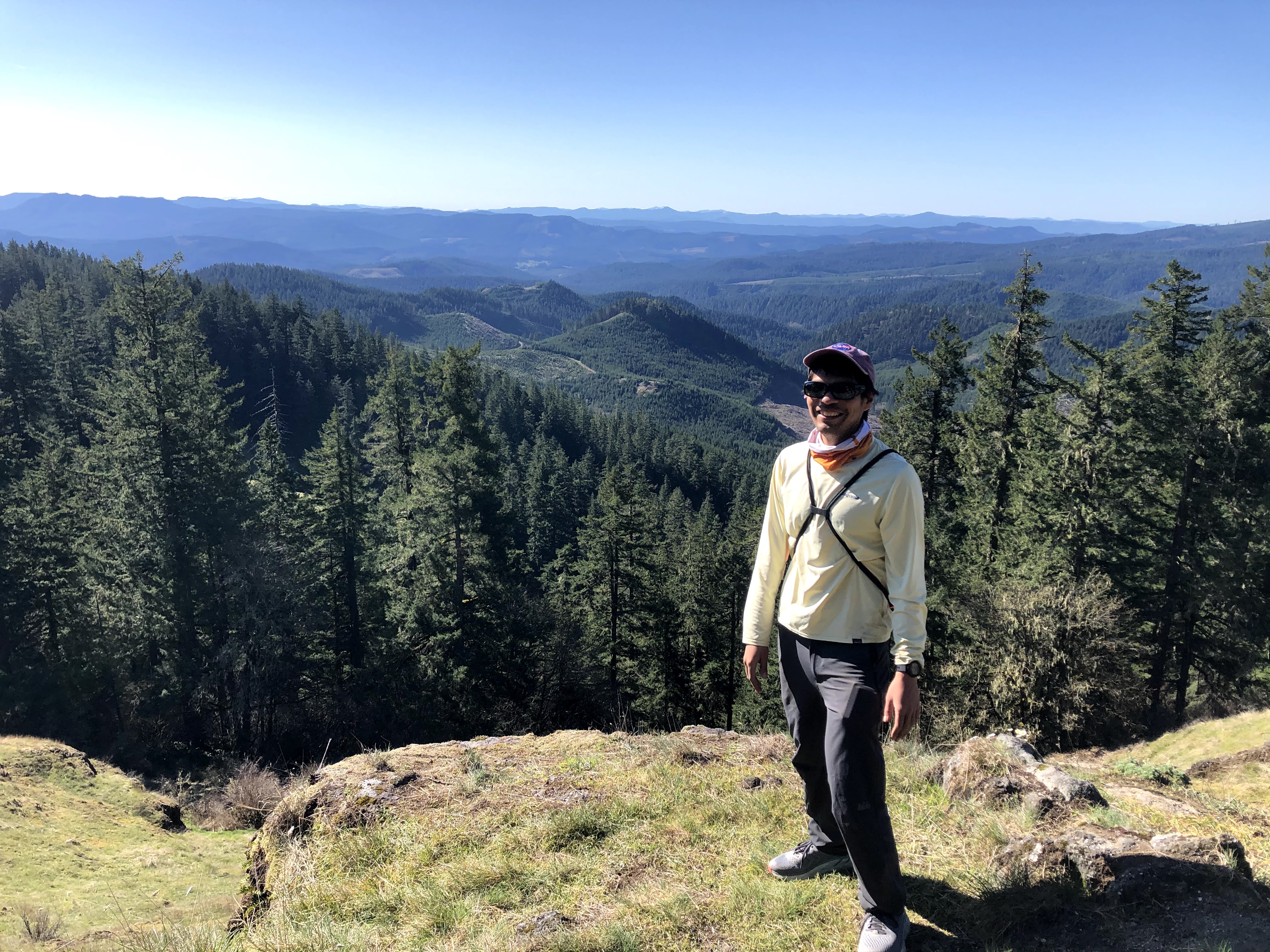About Me
Tsunamis are among some of the most challenging natural hazards to predict and forecast. Often tsunamis are the result of earthquakes; however recent events, such as the eruption of Hunga Tonga Hunga Ha’apai, have shown the tsunamigenic potential of non-seismic tsunamigenic soucres. These issues have proven to be some of the most difficult to address in modern tsunami science. In my research, I conduct studies to better characterize these other non-seismic tsunamigenic sources.
Hunga Tonga Hunga Ha’apai
Hunga Tonga Hunga Ha’apai (HTHH) erupted violently on January 15, 2022. It generated a local tsunami that innudated the island nation of Tonga, and it managed to generate a global meteo-tsunami. My research focused on the global meteo-tsunami and its recorded observations on the Deep-ocean Assessment and Reporting of Tsunamis (DART) stations and coastal sea level stations. The meteo-tsunami impacted the Eastern Pacific basin more owing to a combination of resonant features as a result of the geography of the continents. Shelf resonance (or Munk Resonance after Walter Munk) featured promiently in the dataset. It appears to be the dominant amplification source in the area.
Sand Point Earthquake and Tsunami
On October 19, 2020, a Mw7.6 earthquake ~99 km ssw of Sand Point, AK, USA produced a sizeable tsunami. This earthquake poised a unique challenge on account of its right-lateral strike-slip focal mechanism. As a general rule of thumb, strike-slip earthquakes do not produce hazardous tsunamis (> 30 cm). The fact that this earthquake did was rather “weird”. The USGS finite fault model for the event showed that the resultant co-seismic deformation from a singular strike-slip tsunami source was insufficient to produce the tsunami seen in this region of Alaska and across the Pacific on the Big Island of Hawai’i.
In order to discern what occured during this event, various amounts and kind of data were employed to tell the story of the event. DART data were joined with seismology and geodetic data for the first time to produce kinematic models of the event. As far as it can be shown, the 2020 Sand Point earthquake contained a strike-slip component along with a megathrust component! However, the tsunamigenic sources at play in this event were not only limited to tectonic sources but also included non-tectonic sources.
Infrasound Deep Learning
As part of an internship with Sandia National Laboratories (New Mexico), research was undertaken to understand how accurately deep learning can forecast atmospheric structure from 0-150 km above ground level (AGL). The results of that research are still being investigated; however, it appears promising to have developed a working deep learning model that can forecast atmospheric structure at a respectible level.
